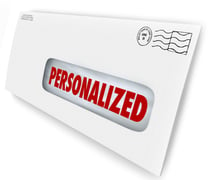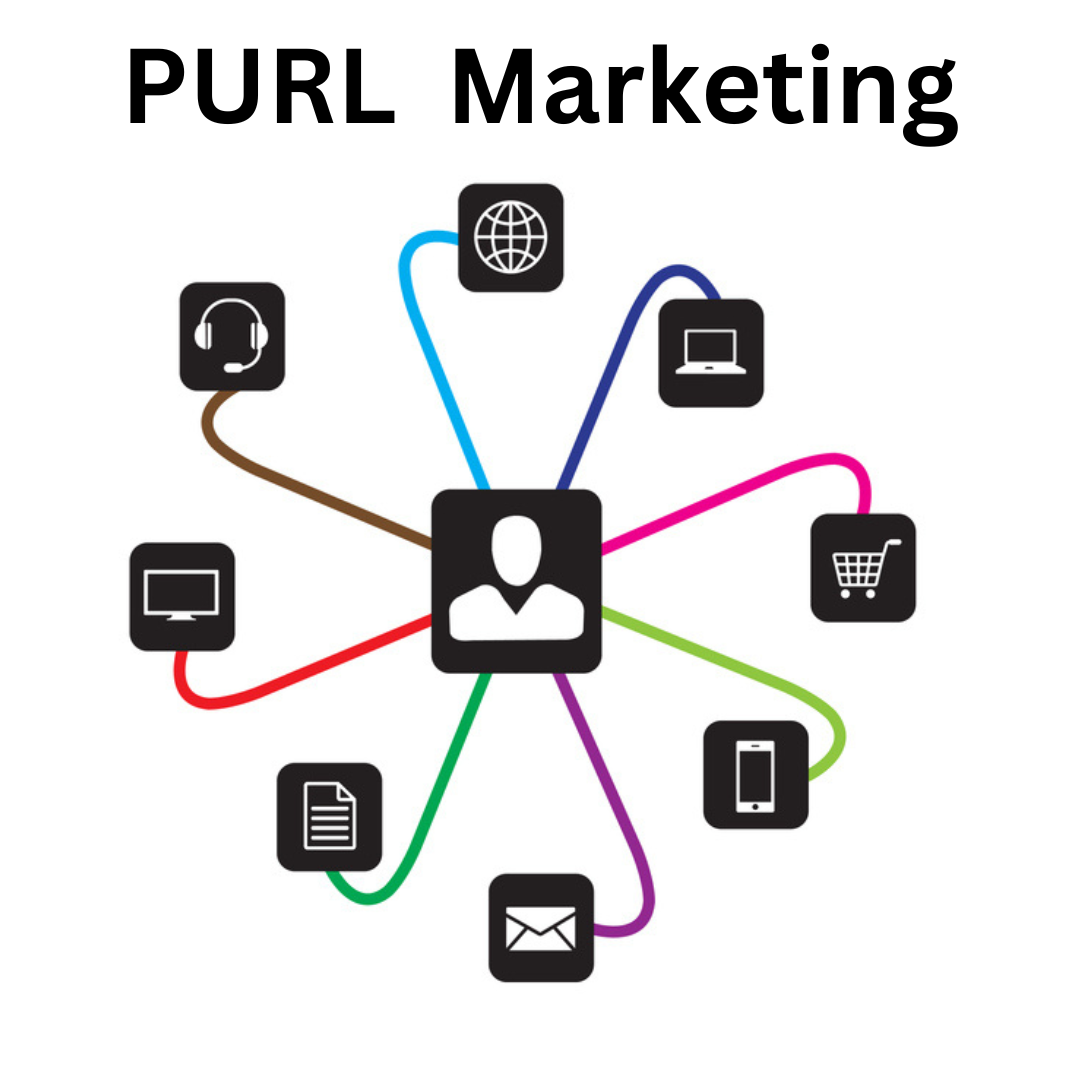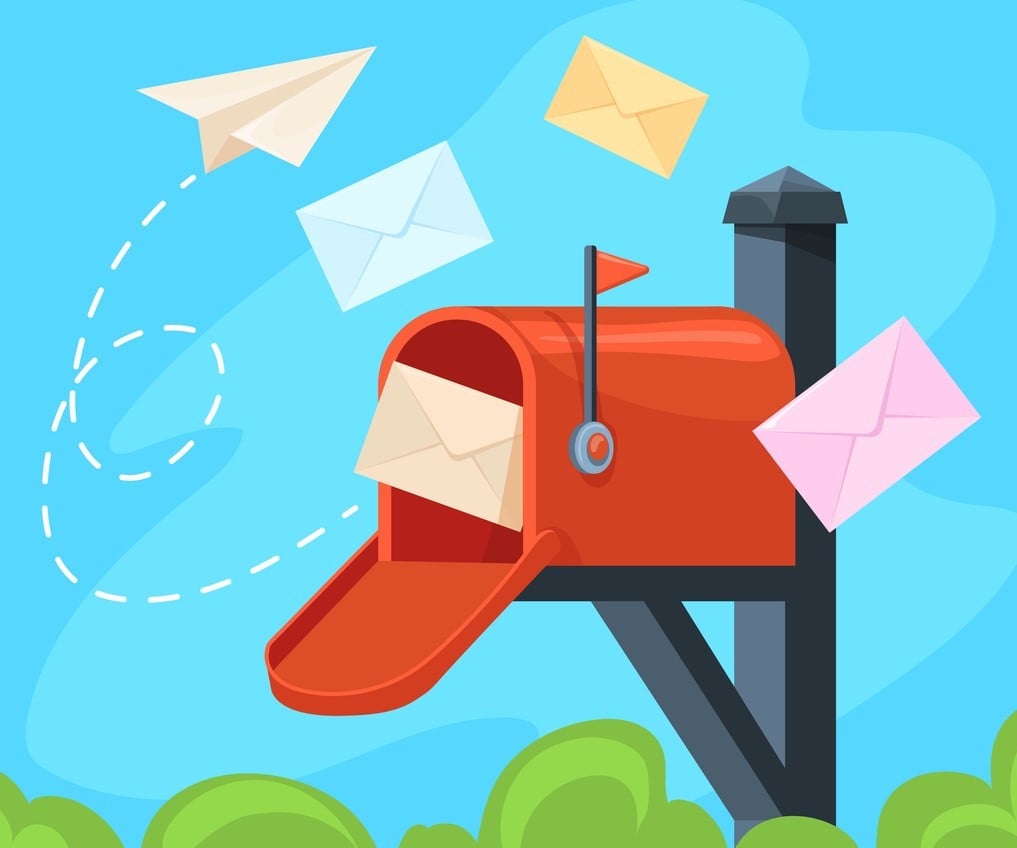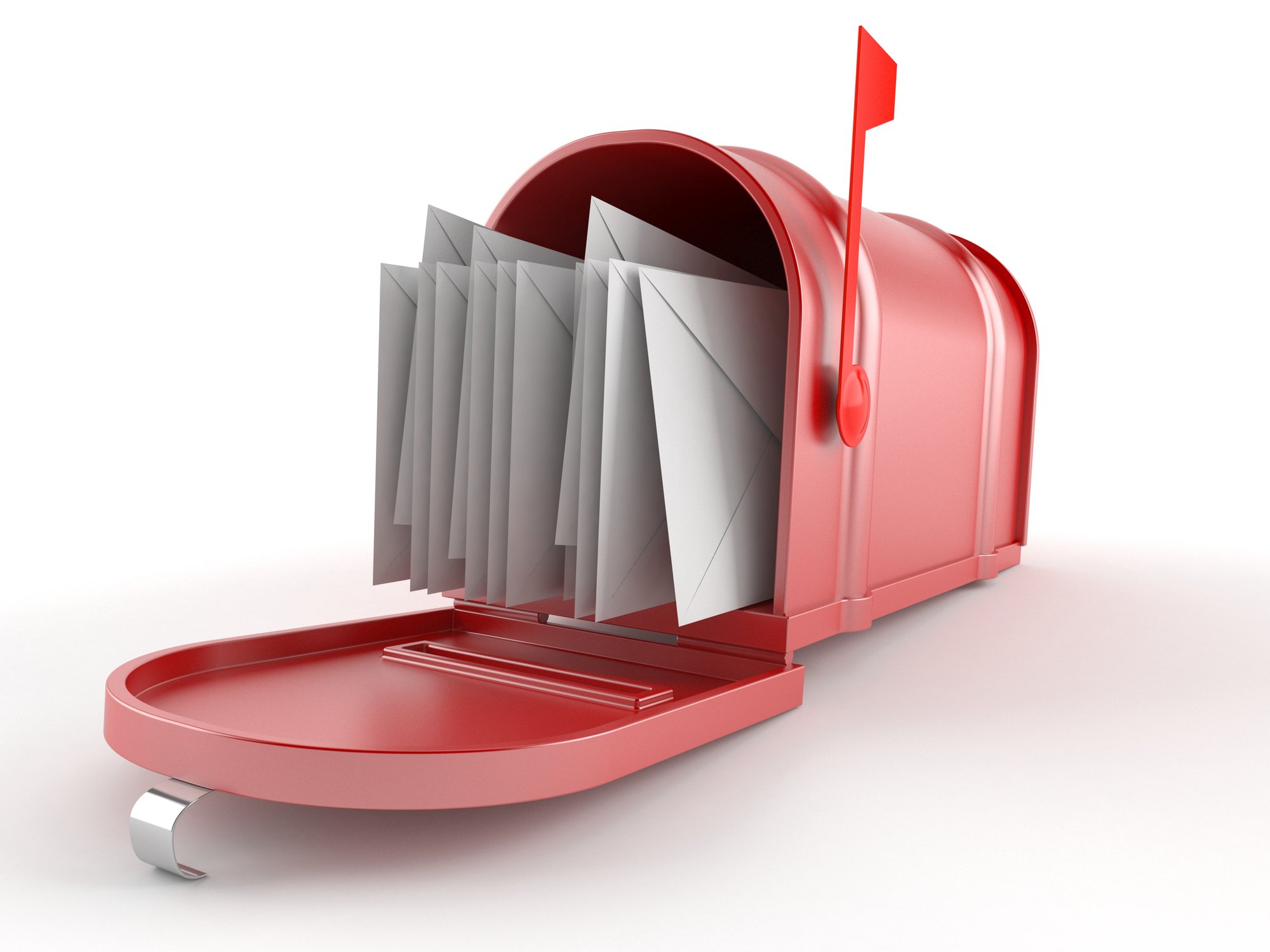April 10, 2015 at 7:32 AM
Match Mail and Mail Merge

When you get a letter in the mail with your name on the outside of the envelope, and your name in the greeting of the letter, do you ever wonder how it got there? Before you open it, do you ever question if what’s in the envelope is actually for you? If you’re like most people, the answer is no. That’s because the process of creating personalized mail components—and the technology behind it—is so good that almost no one gets the wrong mail.
From the standpoint of the marketer, sending the wrong personalized mail to the wrong person is a costly mistake that can erode consumer confidence in a brand and just plain annoy people. Raising the stakes, let’s say the envelope holds personal medical reports or financial information. Can you imagine the privacy violations and legal issues a company could face if the name on the envelope wasn’t the intended recipient of its highly private contents? As one can imagine, there is no room for error.
Now, although there is greater risk and an increased level of complexity with the production of personalized mail, there are also tremendous benefits. Personalized mail has been proven to be more engaging and is generally perceived as more relevant to the recipient. It probably won’t surprise you to hear that personalized mail averages higher response rates than mail that has not been personalized. So, given these facts, lots of marketers are personalizing their mail.
For this process to happen, the marketer creates a database, or data source with names and addresses and any other content. Then, they usually make a template document that has fixed text that doesn’t change for each person, and variables that act as placeholders which will be replaced by the content from the database — so, the person’s name in the greeting, for example. This software function is called a mail merge, and there can be many versions of the template document to suit different audiences and scenarios.
The mail merge is a software function that leads to the printing of the materials. In the case of the personalized letter mailed in an envelope, you’ll have a bunch of envelopes with specific names addresses on them, and a bunch of letters with names that match the envelopes—but the pieces are currently separate. So, how do you know that the envelopes and letters are in the right order for inserting? Mailings from the hundreds of pieces into the millions require accuracy, speed and efficiency, and that’s where match mail services come in.
Match mail is a machine process that scans the content and confirms that the pieces are properly matched together. If you need to match an envelope to a letter, that’s considered a two-way match, and it’s the most basic example of the process—match one thing to another. There are marketers who are matching multiple components in their mailing campaigns, greatly increasing the complexity, but adding value as they go. The cool part is that the machine immediately identifies mismatches, alleviates the problem, and gets the run back on the track to perfectly assembled mail.
Personally, I struggle to keep the two processes straight, so here’s a good way to remember them: Mail merge is the merging of data with the document template, and match mail is the matching of the components of the mail package. Capiche?
Popular Posts

Memorial Weekend

Landing Pages
Learn Why Omnichannel Marketing is Trending

Direct Mail





